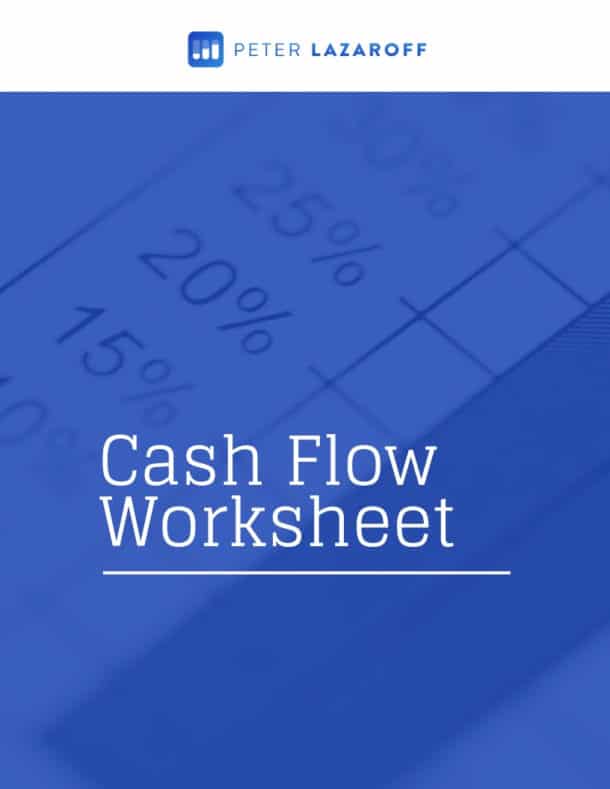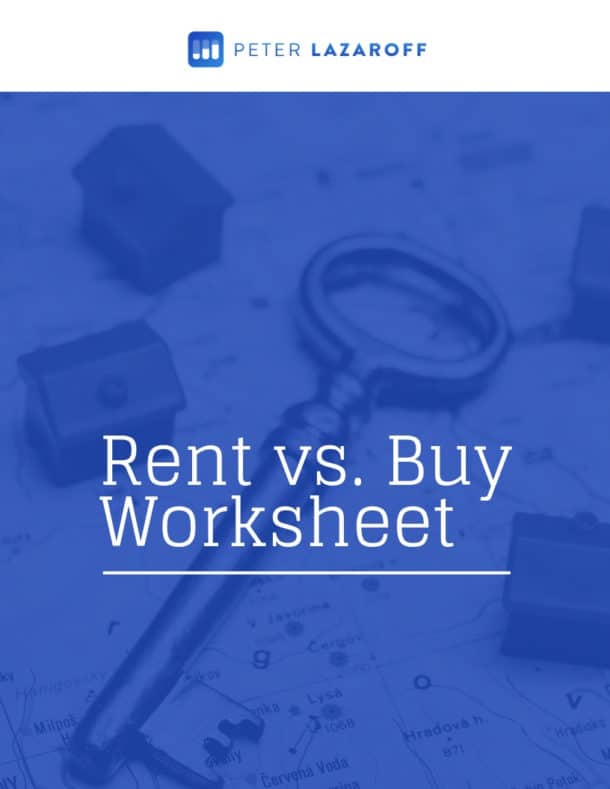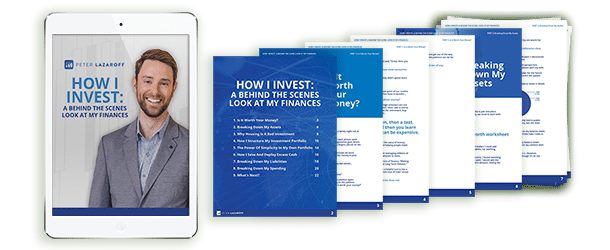Listen Now
Today, we’re dissecting a strategy that many believe is a must-do for every investor—Tax-Loss Harvesting (TLH). But what if I told you that this widely recommended tactic might not be beneficial for everyone?
While tax-loss harvesting has the potential to improve your after-tax returns, its effectiveness heavily depends on your personal financial circumstances and how you execute the strategy.
But before we dive too deep, let’s do a quick level set with the basics. If you’re not familiar with tax loss harvesting, it is simply an investment strategy used to convert investment losses into tax savings.
Here’s how it works: when you sell a security at a loss, you can use that loss to offset capital gains and up to $3,000 of ordinary income each year. If your losses exceed your gains plus $3,000, you can carry them forward to future years.
Imagine your portfolio experiences a $3,000 loss. You sell the position, realizing the loss, and then use it to offset income, saving $900 in taxes.
Sounds great, right? But here’s where it gets interesting.
Sign up for my newsletter so you can easily reply to my emails with your thoughts or questions for the podcast:
The value derived from TLH hinges on three foundational components: generating losses, converting those losses into tax savings, and reinvesting the tax savings.
Each of these steps is influenced by various factors like market volatility, your tax rate, and your ability to reinvest effectively.
Before we talk about the quantifiable value of tax loss harvesting, we need to understand these different components and their relative importance to the value of tax loss harvesting.
Factors Driving Tax Loss Harvesting Value
Newly published research from Vanguard models out the relative importance of underlying factors to generating losses, converting those losses into tax savings, and reinvesting the tax savings.
The first component is the ability to generate losses. There are five critical factors that influence loss generation:
Volatility (Relative Importance = 17%): Securities that experience significant short-term volatility are prime candidates for TLH. The price swings can push the value of these securities below their purchase price, creating harvesting opportunities. According to Vanguard’s research, volatility accounts for 17% of the ability to generate losses.
Harvest Frequency (Relative Importance = 7%): How often you monitor and harvest losses plays a crucial role. Regularly checking your portfolio for loss opportunities means you can capture more losses. Studies have shown that frequent harvesting, such as daily or monthly checks, can significantly enhance TLH outcomes.
Recurring Investments (Relative Importance = 2%): New investments represent new tax-lot harvesting opportunities. By continuously adding new investments to your portfolio, you create more chances for their values to dip below cost basis, thus enabling further harvesting.
Portfolio Granularity (Relative Importance = 3%): The more granular your portfolio—meaning the more diverse and spread out your holdings—the higher the chances of finding individual securities with losses. Direct indexing, where you own the individual securities within an index rather than a single fund, can increase loss-harvesting opportunities.
Time Horizon (Relative Importance = 2%): The longer you invest, the more opportunities you have to harvest losses as markets fluctuate. Over extended periods, various securities in your portfolio will inevitably experience downturns, presenting loss-harvesting chances.
The second component is converting those harvested losses into actual tax savings. This depends on your tax situation and how effectively you can utilize the losses. Key factors include:
Current and Future Tax Rates (Relative Importance = 27%): The higher your tax rate, the more valuable the tax savings from harvested losses. If you’re currently in a high tax bracket, offsetting gains and income can significantly reduce your tax liability. Conversely, if you expect your tax rate to increase in the future, deferring these tax savings until then can amplify their value.
Loss Offsetting Income (Relative Importance = 5%): Besides offsetting capital gains, up to $3,000 of ordinary income can be offset annually using harvested losses. This provision is particularly beneficial if your capital gains aren’t sufficient to absorb all your losses in a given year.
The third component is the reinvestment of tax savings into the market. This step is crucial because it leverages the power of compound growth to enhance the overall return on your portfolio. Factors influencing this component include:
Reinvesting Tax Savings (Relative Importance = 25%): Reinvesting the tax savings back into your portfolio ensures that your capital continues to grow. Historically, the stock market has appreciated over the long run, and by reinvesting your savings, you can capitalize on this growth.
Market Return (Relative Importance = 12%): The success of TLH also depends on the market’s performance. In a rising market, the benefits of reinvested tax savings are amplified, whereas in a declining market, the benefits may be muted or even negative. Understanding the long-term nature of market returns and staying invested through volatility is key to maximizing TLH benefits.
By understanding these components and how they interact, investors can tailor their TLH strategies to their unique circumstances.
For example, an investor in a high tax bracket with a volatile portfolio and a long investment horizon stands to gain significantly from TLH. On the other hand, a passive investor with a low tax rate and minimal capital gains might find less benefit in TLH and should carefully consider whether the strategy aligns with their financial goals.
In short, the effectiveness of TLH is highly personalized. It’s not just about harvesting losses; it’s about how those losses are generated, converted into tax savings, and reinvested to maximize growth.
That brings us to the question: what is the actual value of implementing an optimal tax loss harvesting program?
The Value of Tax Loss Harvesting (TLH)
According to newly published research from Vanguard, the excess annual return achieved by conducting an optimal tax loss harvesting program ranges from 0.47% to 1.27%, depending on net worth and tax brackets.
For context, the profile of an investor at the top of that range has a net worth of at least $2.5 million and is assumed to be a California resident in the top tax bracket, which translates into an ordinary income tax rate of 48.3% and a long-term capital gains tax rate of 31.3%.
At the lowest end of that range, the 0.47% of excess annual return achieved by conducting an optimal tax loss harvesting program, was an investor with a net worth between $658,900 and $1.6 million with an ordinary income tax rate of 22% and a long-term capital gains tax rate of 15%.
What Vanguard’s research uses in its modeling for “optimal tax loss harvesting” behavior includes harvesting losses daily, reinvesting all tax savings, making quarterly contributions, and harvesting in a direct-indexed portfolio.
A “suboptimal tax loss harvesting” program in Vanguard’s research involves quarterly loss harvesting, reinvesting 50% of tax savings, no ongoing cash flows, and investing in a commingled fund (ETF, mutual fund, etc). In this scenario, the range of excess returns was 0.04% to 0.13%.
Should You Tax Loss Harvest?
A few things stand out to me about this research.
First, you need to have a decent-sized net worth and marginal tax bracket to derive enough value from tax loss harvesting to make the juice worth the squeeze.
Second, the difference between what Vanguard defines as “optimal” versus “suboptimal” tax loss harvesting is stark. The excess returns from suboptimal tax loss harvesting are so small that I would question whether it’s even worth doing unless you’re going to do it right.
Again, let’s compare the differences between optimal and suboptimal tax loss harvesting in the study:
- Daily (optimal) vs quarterly (suboptimal) tax loss harvesting
- Reinvesting 100% of tax savings (optimal) vs reinvesting 50% of tax savings (suboptimal)
- Quarterly portfolio contributions (optimal) vs no ongoing portfolio contributions (suboptimal)
- Investing in a direct-indexed portfolio (optimal) vs investing in a commingled fund (suboptimal)
Is your tax loss harvesting closer to the optimal or suboptimal?
If your tax loss harvesting is suboptimal or worse, perhaps that is a good case for using a financial advisor.
Conclusion
In conclusion, tax-loss harvesting can be a powerful tool in your investment strategy, but it’s essential to tailor it to your unique financial situation.
Understanding the drivers of TLH value and potential risks can help you make informed decisions and maximize your benefits. Remember, the most critical factor is to reinvest your tax savings in the portfolio to realize the full potential of TLH.
Resources:
The Long Term Investor audio is edited by the team at The Podcast Consultant
Submit Your Question For the Podcast
Do you have a financial or investing question you want answered? Submit your question through the “Ask Me Anything” form at the bottom of my podcast page.
Support the Show
Thank you for being a listener to The Long Term Investor Podcast. If you’d like to help spread the word and help other listeners find the show, please click here to leave a review.
I read every single one and appreciate you taking the time to let me know what you think.
Free Financial Assessment
Do you want to make smart decisions with your money? Discover your biggest opportunities in just a few questions with my Financial Wellness Assessment.

















